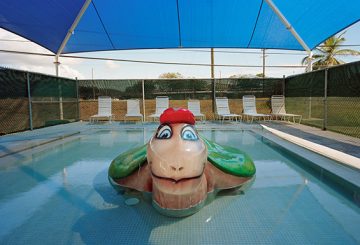Sydney editor-at-large Isobel Philip comes face to face with a great big nose…
Having followed William Kentridge’s work closely for several years now, I was already sympathetic to his aesthetic and thematic predilections before viewing the etchings, linoprints and small-scale sculpture on show at Annandale Galleries. Most of these works were developed out of Kentridge’s role as the director of Shostakovich’s Opera of the Nikolai Gogol 1835-36 short story The Nose for the New York Metropolitan Opera in March 2010.
The Nose is a particularly magical tale, punctuated with the absurd, like all of Gogol’s prose. A surrealist chronicle of a man who wakes up without his nose and later encounters in the street, behaving like a human, The Nose quietly abandons the real.
Sugarlift aquatint, drypoint and engraving, 35 x 40 cm
Using Gogol’s story as a point of departure, Kentridge has spun his own narratives in these etchings. Here, the disembodied nose accompanies both oblique and explicit references to, among other things, Russian Constructivism and Communism (including portraits of members of the communist party), which I read as a thematic conflation between the nose as a broken off entity and Communism as an ideology predicated on a break with the old system. Alternatively, the work – most especially the more erotic images – can be read as an appropriation of the nose as a phallocentric icon. Such an interpretation is, I feel, reductive, for the metaphoric application of Kentridge’s nose can be seen to extend far beyond the boundaries of concept or subject matter, relating instead to the very formal essence of the work as an etching – its genetic make-up so to speak.
An etching is made in two stages. A metal sheet is covered in wax, which is dug into to expose the underlying metal in a desired pattern/image. The metal is then placed in acid where the unprotected parts are eroded and the metal sheet is left with the imprint of the image. Prints are then taken of the marked metal. These prints are products of absence – they exist because certain parts of the metal sheet have been removed. Where the disembodied nose exists because it is unattached and absent from the face of its owner, the etchings become a performative embodiment of the etching process itself. Not only are these images of an absentee object, but they exist out of absence.
Sugarlift aquatint, drypoint and engraving, 35 x 40 cm
The composition of each etching – the very image represented – is complicit with, and contributes to, this metaphoric dialogue between medium and subject. In each print the nose appears heavier and denser than all other parts of the image. It is a solid black mass (with the faintest traces of its own facial features) that is starkly contrasted against the more delicate lines of the surrounding forms. It is an object apart.
In these etchings, image echoes form. This is announced quite candidly in one particular etching, Nose 11. The nose, a black mass, stands face to face (well…) with his owner. All that is left of the space the nose once occupied are scattered shading marks – a self-reflective allegory of the physical etching, the etching object, formed as it is by the dialogue between two surfaces. These two surfaces are the indented metal, which has, like the face, had something removed, and the paper, that stands, like the disembodied nose, as an expression of that which has been removed.
On realizing this, I understood how self-contained the metaphoric schemes of these images are, and that these images are themselves objects apart.
William Kentridge – The Nose
Annandale Galleries
Until August 14th




love kentridge